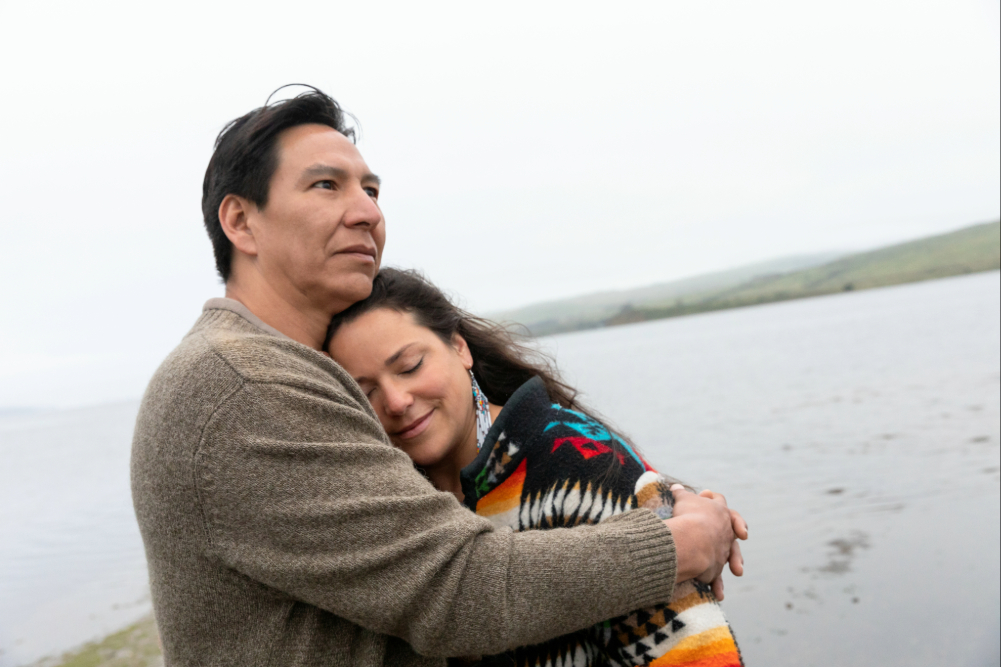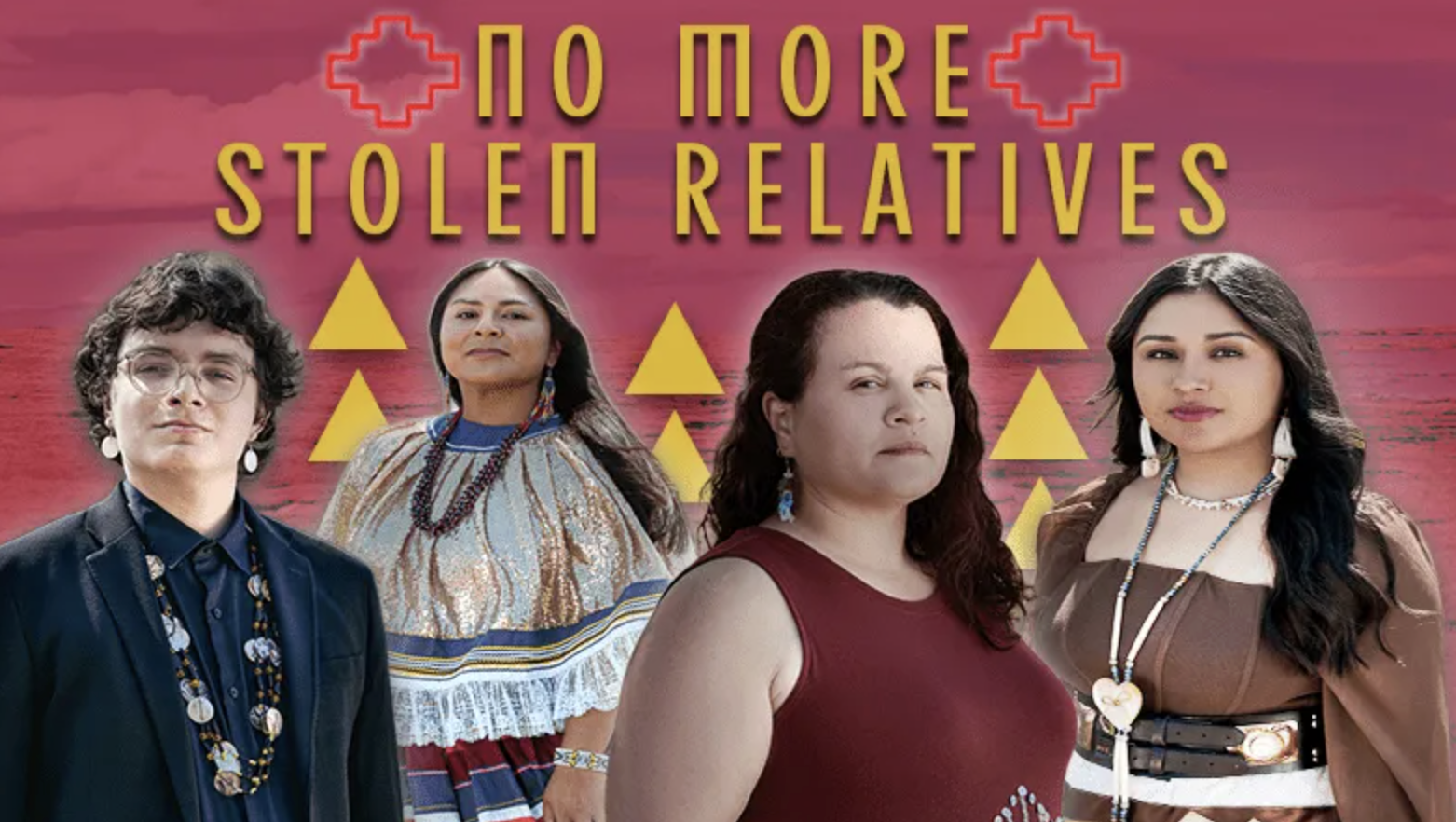December 23, 2025
Opinion. One line in a press release from New Mexico Sen. Ben Ray Luján (D) this past week stopped me cold.
Currents
The owner of a hotel in South Dakota was found liable on Friday for discrimination against Native Americans.
From Our Partners
For generations, many Native families have relied on community knowledge, not institutions, to guide their financial lives. That wisdom remains essential.
As First American Capital Corporation’s (FACC) influence expands across Wisconsin, it is through strong community partnerships that connect Native entrepreneurs with business loan options, education and resources for success.
Across the country today, museums are being forced to reckon with the truth. For centuries, most mainstream museums were built from taking — taking objects, taking stories, taking lands. They displayed the Ancestors of Native Nations under the banner of “education,” while silencing the very Peoples those Ancestors came from.
Opinion
Opinion. One line in a press release from New Mexico Sen. Ben Ray Luján (D) this past week stopped me cold.
Guest Opinion. Being a federally recognized tribe in the United States officially recognizes the political relationship between the sovereign nation of a tribe and that of the United States of America.
Sovereignty
On Friday, members of the 25th Navajo Nation Council joined Diné Action Plan task force leaders, community partners and subject matter experts at the 2025 Diné Action Plan Winter Gathering.
The Ute Indian Tribe of the Uintah and Ouray Reservation filed a federal lawsuit Friday against Colorado Gov. Jared Polis (D) and the heads of the Colorado Department of Natural Resources and Colorado Parks & Wildlife, alleging a state law unlawfully denies the Tribe equal access to ancestral lands.
Education
It’s a scene straight from a Dickens novel: a family sits around the table on Christmas Day with an empty chair amongst them and a somber air. Except this isn’t the Victorian classic, it’s real life for far too many Native families and no well-intentioned spirits to save the day. The epidemic of Missing and Murdered Indigenous People (MMIP) in the United States that has existed for years continues unabated. And while Native students deal with the same end of semester pressures and holiday stresses as other students, they’re more likely to also be living in a state of fear or mourning for a relative who may never make it home.
Submissions for the sixth annual Tribal College Blanket Design Contest, hosted by American Indian College Fund and Pendleton Woolen Mills, are open from now until January 15, 2026 .
Arts & Entertainment
ZUNI, N.M.— Zuni Youth Enrichment Project recently took the top four students from its 2025 Emerging Artist Apprenticeship in Pueblo pottery on a three-day educational field trip to Phoenix, Arizona. Made possible with support from the Bezos Family Foundation and First Nations Development Institute, the Nov. 22-24 trip served as a capstone experience for the apprentices.
At the award-winning Indian Pueblo Kitchen, Chef Josh Aragon stood with a smile at the fresh bowl of green chile stew in front of him for a photo shoot celebrating the dish being named the Best in the City by Albuquerque the Magazine.
Health
Environment
President Donald Trump has signed a resolution backed by members of Alaska’s Congressional delegation to revoke restrictions on drilling in the National Petroleum Reserve on the North Slope.
Nearly 900 acres of land have been returned to the Southern Sierra Miwuk Nation in California. The land borders Yosemite National Park -- one of the most visited National Parks—— and the Sierra National Forest.
















